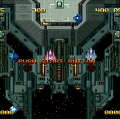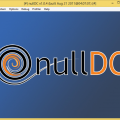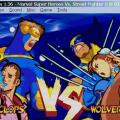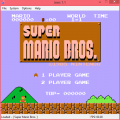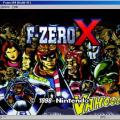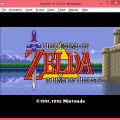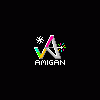- 1 reply
- 5,223 views
- Add Reply
- 0 replies
- 3,776 views
- Add Reply
- 0 replies
- 4,811 views
- Add Reply
- 0 replies
- 1,941 views
- Add Reply
4.01 M33-2 released
4.01 M33-2 (bugfix update)--------------------------
Changes:
- Nids resolver: Fixed scePowerGetCpuClockFrequency issue. This is the same bug that happened in 3.80 M33-1, it won't happen again ¬¬
- Fixes recovery problems that have apperared in prior version (incorrect position of back string in language others than english, enable, and disabled strings not translated in plugins, hide pic0+pic1 couldn't be changed, language file in flash1 wasn't working..
- Spanish recovery translation typos fixed.
1.50 kernel addon also released at the same site
iDeaS 1.0.2.5 & DirectSound PlugIn 1.0.1.1 for Windows

DS emulator
Here's changelog :
- Fixed a bug in texture Management.
- Fixed a bug in BindTexture with Translucent Polygons.
- Fixed a bug in VRAM Control Registers.
- Fixed a bug in DMA with FIFO.
- Fixed a bug in pixel rendering in Mode 3,4,5.
- Added Palette Viewer.
DirectSound Plugin 1.0.1.1
- Fixed a bug in resampling Options.
- Fixed a bug in SOUNDxPNT registers.
- Added Capture capabilities.
Audio Plugins for Windows & Linux users It's preferable to use one audio plugin, if you are using Paula PlugIn you must remove DirectSound PlugIn or viceversa.
>> Get them HERE.
4.01 M33 released
Changes:
- Bug fix: vshmenu didn't let change camera mode due to camera_plugin using select button.Fixed, now vsh menu will not be loaded when using the camera.
- Recovery can now be translated, See how below. Translation to spanish is autoincluded.
- Updated the M33 SDK with a new function and sample, and released the psp-packer tool to
compress prx's and PBP's in the ~PSP format.
- The folder of 4.01 and higher homebrew will be GAME4XX so it won't need change on update.
RomCenter 3.00 final released

Rom Manager
What's new from 3.00 rc2:
Bugs fixed:
- drag & drop enabled when no dat loaded
- param form captions to small for some translation
- some log translation not handled
- empty db loaded when an error occur during db creation
- folders with ' in name are not loaded
- 'reload path' when 'files roms' selected does not refresh the status
- Non zipped files not counted in listview status bar
- Non-zipped 'expected filename' incorrectly showed when a plugin is used
- 'fix extension' option removed (useless and confusing)
- Xml error when loading some no-intro dat
Added:
- help file
- up to date datafiles
- new 'maws' online db
- datutil 2.40
>> Get it HERE.
>> Tutorial is HERE.
Thanks to the MameWorld forum for the heads-up!

